I have a recurring apprehension. More of a mental itch, really.
All the people running from zombies in The Walking Dead … how do they get by without soap? They are covered in grime. Don’t they stink to high heaven?
I don’t know about you, but if I looked out of my kitchen window and saw my neighbor had become a drooling monster, the most crucial part of my getaway pack would be several bars of Dove.
About a dozen of them (with Shea butter and vanilla fragrance) should be enough till someone finds a cure and saves humanity.
Soap is ubiquitous, and we take its presence for granted.
Go a day without your trusty bar of Yardley, unable to wash your hands after playing with the cat, no fragrant bath after a yoga session and you would see what I mean.
But how did this wonderful invention happen? Which great mind came up with the idea? Let’s dig a little deep inside the history of soap.
The History of Soap–a Timeline Worth Knowing
Do we have a precise idea of who first used soap? No, the historians have not been able to dig that far.
The precise history of how soap and detergent was developed has been lost.
What we know is that ancient Babylonians were the first to use a cleansing agent.
They have mentioned cleaning themselves with a mixture of water, alkali, and cassia oil as far back as 2,800 BC. That’s almost five thousand years ago!
But don’t imagine for a minute that these were nice aromatic bars that produced lather and killed germs in a jiffy.
It was more in the nature of a slurry. Still, that was better than nothing at all. All good things start with baby steps and so did soap-making.
The next mention of soap is by Egyptians (circa 1,500 BC) in a scroll known as Ebers papyrus. They mixed animal and vegetable fats with alkaline salts and used the blend for washing.
No doubt early forms of soap, a mixture of abrasive elements such as clay mixed with fat and metal salts, were used by every ancient civilization. With trade and commerce, crude soap must have made its way to India and the Far East.
Soap probably got its name about two thousand years ago from Mount Sapo.
We find the name mentioned in memoirs written by Pliny the Elder, a Roman philosopher, statesman, and military commander.
He also alludes to its use by Gauls for giving their hair a reddish tint. The French were always a fashionable lot.
By the second century, rough soap made from tallow was quite common in Rome. The physician Galen mentioned it as a medication for skin sores.
Modern soap was first made in the Middle East. We find a formula in the 9th-century narrative by scientist and alchemist Muhammad ibn Zakariya al-Razi.
Soap was a major export of Syria at one time. Aleppo, the city that was devastated by the recent civil war, was well known for its aromatic soap made from olive oil, in the fifth century.
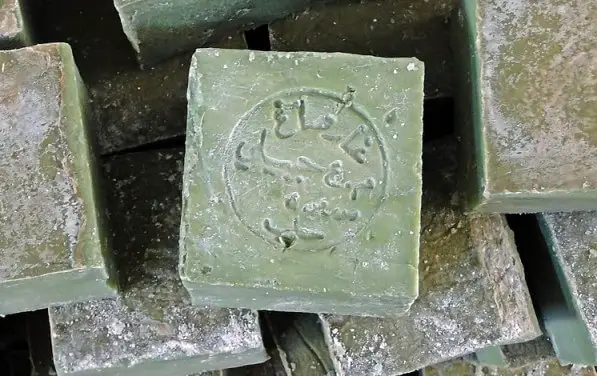
In Europe, soap was first produced In Europe in Marseilles. And this was during the Middle Ages.
In England, soap factories sprouted up at Bristol and at Cheapside, near London.
Till the Industrial Revolution and accompanying advances in chemistry, soap making was an artisanal practice. It was difficult to extract alkalis. The final product was crude and barely sufficient. It might have smelled nice, but the efficacy is doubtful.
Three advances at end of the 18th century led to modern soap making:
In 1780, James Keir made alkali from sulfates of potash and soda. This introduced soft soaps that were smooth and could be shaped to fit inside the palm.
After a few years, Nicolas Leblanc pioneered the manufacture of alkali from common salt. This brought down the price significantly since salt is a commonly available raw material.
In 1807 Andrew Pears produced the first high-quality transparent soap. The Pears Bar made from natural oils and glycerine with the delicate smell of rosemary and thyme is available to this day.
As you might guess from this lengthy account, it’s hard to pinpoint who should get the accolade of being the inventor. But if someone ever asked you when soap was invented and by whom, bet on good ol’ Mr. Pears.
How Does Soap Work?
Soaps and detergents play a crucial role in everyday life.
We are exposed to several pathogens and need to clean ourselves and our clothes. Whenever you sit on a cafe stool, walk your dogs in the field or grab a railing on the subway, you are picking up germs.
To clean ourselves and to protect our health, soap and detergents are the first line-of-defense. But how is modern soap made?
To know that, let’s talk of water’s surface tension. Each water molecule attracts another. That is why water molecules form a perfect teardrop shape without breaking away. You can’t do the same with diesel, petrol, or any other liquid.
If only this tight bond could be shattered, water could clean better.
To reduce the surface tension of water, we need surfactants. In essence, it makes water spread more effectively through a medium such as cloth or skin.
Soap is the most commonly used surfactant. It is made from treating fatty acids with alkali.
The fatty acid might be from a plant or animal source. Common examples include degenerated cooking oil (where do you suppose all that used oil goes from restaurants?), olive oil, palm oil, and so on.
The alkali is NaOH (sodium hydroxide or lye) or KOH (caustic potash) both reasonably inexpensive to produce in bulk.
The fat is boiled and split into fatty acids. Thereafter, it is treated with NaOH or KOH. The former makes a soap that is harder and refuses to lather quickly such as Lifebuoy (the original one, not the newer version). Most soaps contain a mix of both to control the softness.
The soap works by reducing surface tension so water can penetrate quickly. It is also a hydrophilic chemical and attracts oily molecules (such as grease on a shirt) towards itself.
Note that hard water (water with dissolved magnesium and calcium salts) does not lather well and therefore cleans imperfectly. The cleaning action by soap is best done using soft water.
In summary, soap is made up of complex fatty acids.
Types of Soap in Use
Trust human ingenuity to come up with not one but at least a dozen types of soap. Though the chemical formula of soap is basically the same throughout all its avatars the form, texture, and action are vastly different.
1. Transparent Soap
Pears was the first brand to market this variety. It uses a bit of alcohol in the mix to give the product a see-through texture.
2. Liquid Soap
A literal lifesaver. Liquid soap stopped us from slipping on a wet bar of soap and spending a couple of months in bed. The addition of potassium salts makes the soap soft, mushy, and bubbly.
In 1865, an English gentleman, William Shepphard, invented liquid soap. However, it was not successfully mass-produced until an unknown company named Minnetonka Corporation patented the process in 1980.
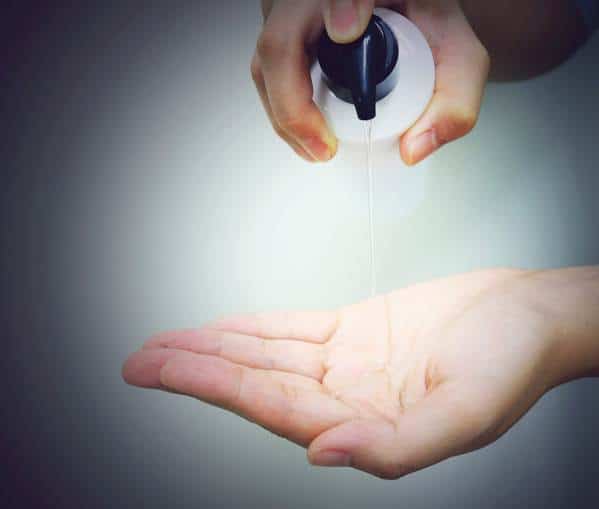
3. Laundry Soap and Detergents
They have the same chemical principle but are a little different in composition. Detergents are made from harsh chemicals unsuitable for skin application.
Half of the mass is what is known as sequestering agents. These act on hard water to separate the dissolved salts. Sodium carbonate, sodium silicate, sodium phosphates are the most common builders.
They also contain industrial enzymes to dissolve oils, bleach to remove stains, and optical brighteners.
Though there are competing claims, Tide, created in 1943, is widely accepted as the first surfactant-builder composition.
Detergents are available both as powder and liquid. Front-loading washing machines use less water and need special low suds formula.
4. Medicated Soap
Soap is an ideal way to apply various skin medications. Medicated soaps contain clotrimazole, ketoconazole, and a variety of other antifungals that treat skin infections, scabies, and itching.
5. Herbal Soaps
The addition of an extract from Azadirachta Indica, also known as Indian lilac or neem during soap manufacture, is excellent for the skin. Besides, a herbal soap may contain tea tree oil, aloe vera, turmeric, and many other supplements that keep skin smooth and supple.
Soaps for acne contain soothing additives that do not cause a flare-up of the condition.
Finally…
Do you know the global bath soap market is worth almost $23 billion? Considering that a bar of soap costs less than a dollar in most places, that number is quite astonishing.
As we learned during the pandemic, handwashing with soap is vital. Soaps can kill bacteria and viruses very efficiently. Soap molecules literally pry pathogens apart.
Next time you take a bath, remember the five millennia-long history that precedes the simple act of lathering yourself and taking a hot shower.
The humble bar might not be as alluring as an iPhone but it sure is far more useful. For me at least, smelling nice comes before slipping on my AirPods.


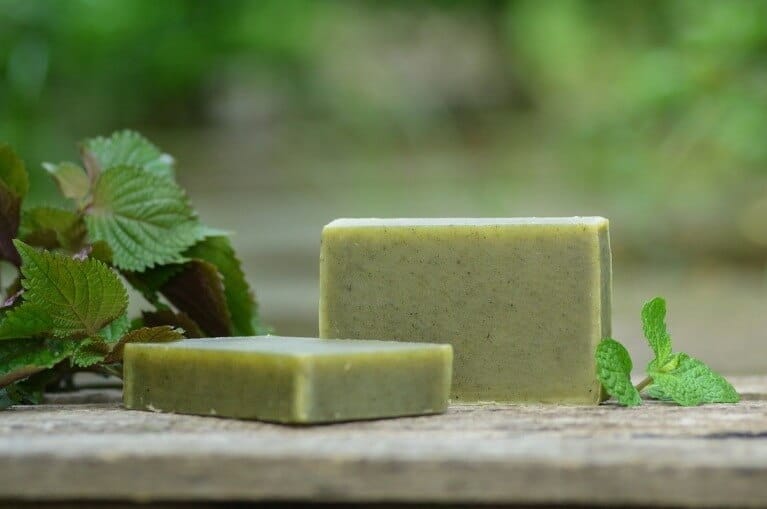




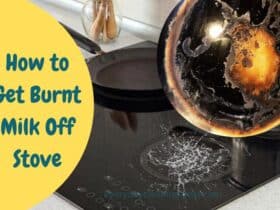
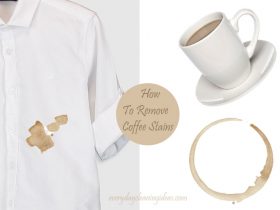
Leave a Reply
View Comments